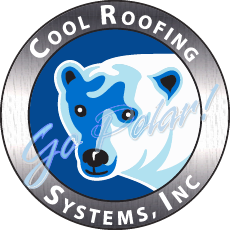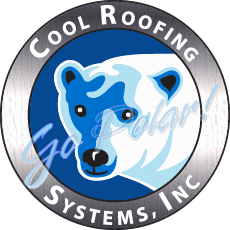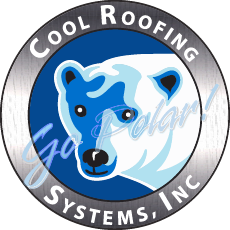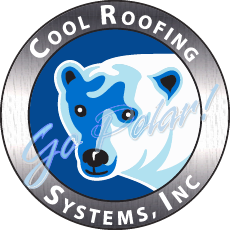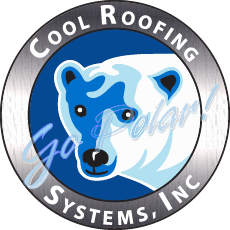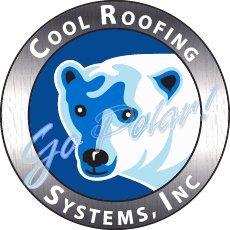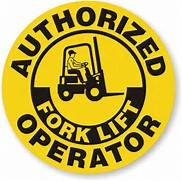Information
-
Inspection Conducted on
-
Mileage
-
Driver
-
Truck Number:
-
Inspection Conducted By:
General
-
Current Registration & Insurance Card Inside Vehicle?
-
Date of Insurance Expiration
-
Correct Gas Card for Vehicle?
-
Vehicle Accident Investigation Kit & Injury Manual Inside Vehicle?
Physical Inspection
Interior Inspection
-
Is the interior cabin & dashboard neat and clean?
-
Horn Operable?
-
Defrost Works Properly (ensure warm air blows above dash)
-
Heater Functions Properly
-
Air Conditioning Functions Properly
-
First Aid Kit in Vehicle and Stocked
-
Fire Extinguisher in Vehicle and Fully Charged
-
Seat Belts Functioning Properly
-
Dash Lights Working Properly & No Dash Warning Lights Highlighted (list in comments all warning lights that remain lit)
Brakes
-
Brakes operable, no sign of excessive wear (squealing / wobble / metal to metal)
-
Emergency Brake Holds
Mirrors
-
Rear and side view mirrors in working order, clean and not cracked, or chipped
Lights
-
Turn signals (front and rear, left and right) functioning properly
-
Emergency four way flashers functioning properly
-
Taillights, break lights, backup lights all functioning properly and not damaged or cracked
-
License plate light intact and operational
-
Interior and cargo lights functioning properly
Windshield, Glass & Wipers
-
Windows have no chips or cracks
-
Side window controls functioning properly
-
Wiper blades acceptable and wipers functioning properly
Under the Hood Inspection
-
Engine oil filled to appropriate level
-
Engine coolant filled to appropriate level
-
Brake fluid filled to appropriate level
-
Windshield washer fluid filled to appropriate level
-
Power steering fluid filled to appropriate level
-
Transmission fluid filled to appropriate level
-
Battery terminals clean and tight
-
Hoses In good condition, no leaks or cracks present
-
Belts in good repair, no excessive cracks or wear
Wheels / Tires
-
Tires have no excessive wear/cracks/bulges/cuts or imbedded objects. Check tread depth!
-
All hubcaps are intact and in good condition
-
Spare tire present and inflated, Jack and wrench present
Rack and Bed
-
All cargo well secured on bed ?
-
Rack is well secured to truck bed, all ladders are secured using proper tie-downs
-
All ladders on vehicle are in good repair?
-
Inspectors Signature:
-
Operators Signature:
Perimeter Photographs
-
Provide a photograph of ALL FOUR SIDES of the vehicle. Use the annotate button to circle any dents, excessive rust, broken decals, paint chips or cracks. Circle any cracks or chips on Windows. Add close up photos of necessary.
-
Frontal Picture
-
Left side Picture
-
Right Side Picture
-
Rear Picture
-
Provide any additional comments or photos
-
Add media
Truck Assignment Guidelines
-
Taking a CRS vehicle home is a benefit for the employee and for CRS. It saves the employee from expenses associated with using a personal vehicle to commute to and from work. It also allows them to have a consistent place to store and organize their tools. This is a benefit to CRS if it helps the employee to work more productively.
CRS is responsible for purchasing the truck and accessories. The truck will be stocked with major tools, the appropriate inventory, a fire extinguisher and fleet management system. CRS will pay for maintenance, repairs, and insurance. In return, the employee is responsible to care for the vehicle as if it is his or her own and respond timely to planned maintenance notices. Adhering to the following rules will be required in order to maintain truck priviledges. -
1. All CRS -owned property is to be used for CRS related activities only. Using a truck and/or tools for personal affairs must be authorized by a CRS owner or manager, otherwise it is strictly forbidden.
2. Abide by all laws and posted speed limits.
3. Do not engage in any form of distracted driving. This includes but is not limited to; reading, typing or sending text messages; reading, typing or sending emails; surfing the internet; and making or receiving phone calls without a hands-free device. All company issued cell phones will be set up with Hands free devices. -
4. Do not take passengers in the vehicle other than CRS employees.
5. Never take any passengers in the cargo area.
6. The employee will be expected to
a. Keep the interior of the truck clean and organized
b. Keep the exterior clean
c. Wax the exterior at least one time each year
7. Drive responsibly and defensively:
a. Use the center or right lane when on the highway. Avoid frequent lane changes.
b. Do not harass or make rude gestures towards other drivers.
c. Keep a safe distance behind the vehicle in front of you.
d. Accelerate gradually from a stop.
8. You are responsible for the company issued tools in your vehicle. Also, park the truck in a safe location and keep ladder racks and vehicle doors locked when unoccupied.
9. Driver is responsible for the cost of replacing lost keys and/or alarm controls.
10. Report any mechanical problems or body damage to your supervisor as soon as you are aware of it.
11. When going straight out to your first call or jobsite you should arrive on-time. Communicate with other employees to help coordinate the materials, fabrication and manpower to ensure a productive day. -
In the event of any of the above guidelines are not adhered to, the employees will be subject to disciplinary actions, and/or dismissal by management.
-
I have read, accept and will abide by the above listed Truck Assignment Guidelines
-
Today's Date
-
Truck Number
